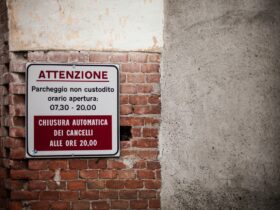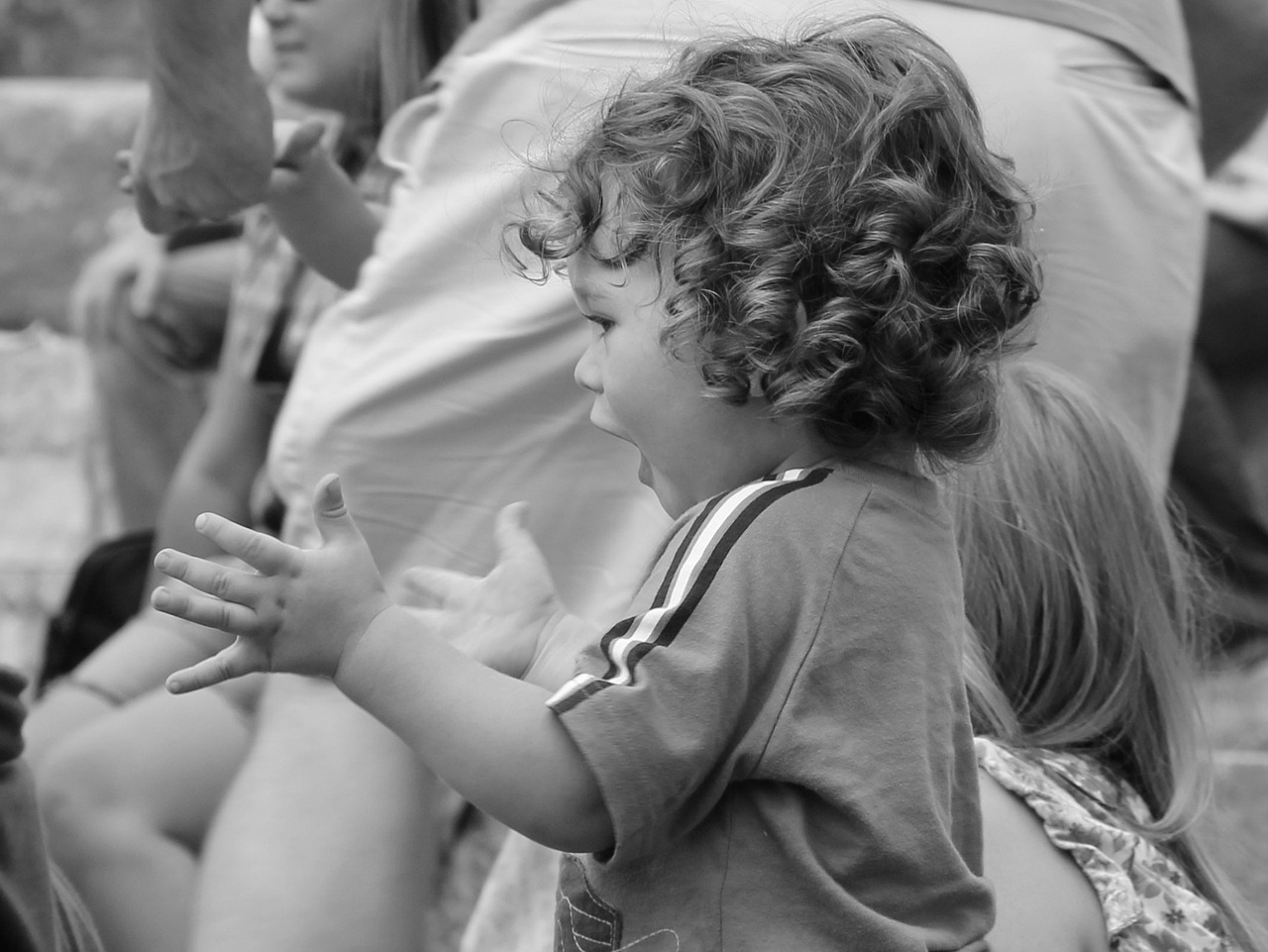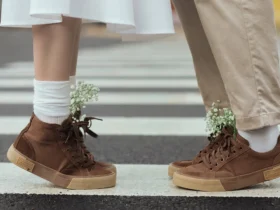“박수”는 영어로 “Applause”로 번역됩니다. 이는 감사를 표하거나 누군가의 성과를 칭찬하기 위해 손뼉을 치는 행위를 의미합니다.
“박수”를 영어로 표현하는 방법
- “Applause” (박수)
- “Clapping” (손뼉 치기)
- “Handclaps” (손뼉 소리)
1. “Applause”
“Applause”는 관중이 공연이나 연설 후에 손뼉을 치는 것을 의미합니다.
- “The audience showed their appreciation with loud applause.” (관중은 큰 박수로 감사의 뜻을 표했습니다.)
- “Applause is often a sign of approval and enjoyment.” (박수는 종종 승인과 즐거움의 표시입니다.)
- “After the performance, the applause lasted for several minutes.” (공연 후 박수가 몇 분간 이어졌습니다.)
- “She received a standing ovation, with applause from all corners of the theater.” (그녀는 극장 모든 구석에서 박수를 받으며 기립 박수를 받았습니다.)
2. “Clapping”
“Clapping”은 손을 치는 행위를 직접적으로 지칭하는 표현입니다.
- “Clapping can be a way to encourage performers during a show.” (손뼉 치기는 공연 중에 출연자를 격려하는 방법이 될 수 있습니다.)
- “The sound of clapping filled the room as the speaker finished.” (연사가 말을 마치자 방안이 박수 소리로 가득 찼습니다.)
- “Clapping along to the music can enhance the enjoyment of the performance.” (음악에 맞춰 손뼉 치는 것은 공연의 즐거움을 높일 수 있습니다.)
- “They encouraged the children to join in with clapping during the song.” (그들은 아이들이 노래에 맞춰 손뼉 치도록 격려했습니다.)
3. “Handclaps”
“Handclaps”는 손뼉 소리를 의미하며, 여러 번의 박수를 나타낼 때 사용됩니다.
- “The handclaps echoed throughout the hall after the final act.” (마지막 공연이 끝난 후 손뼉 소리가 홀에 울려 퍼졌습니다.)
- “Handclaps are often used in songs to create rhythm.” (손뼉 소리는 종종 노래의 리듬을 만드는 데 사용됩니다.)
- “The children enjoyed making handclaps while singing along.” (아이들은 노래를 부르며 손뼉 치는 것을 즐겼습니다.)
- “He incorporated handclaps into his performance to engage the audience.” (그는 관중을 참여시키기 위해 자신의 공연에 손뼉 소리를 포함시켰습니다.)
“박수”는 공연이나 연설에서 감사를 표하는 중요한 방법으로, 사람들 간의 긍정적인 교감을 나타냅니다.













Leave a Reply